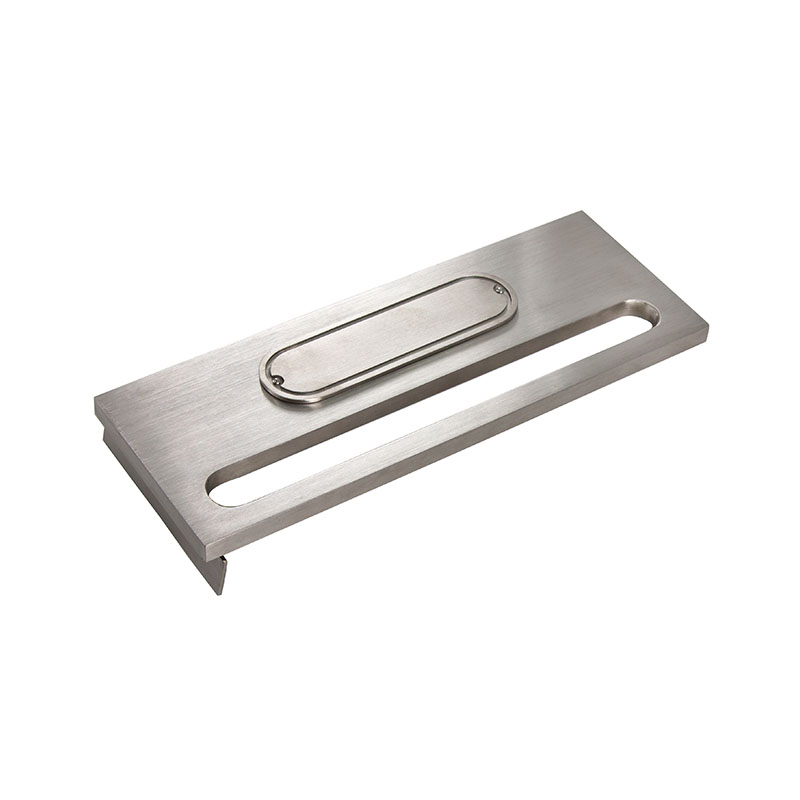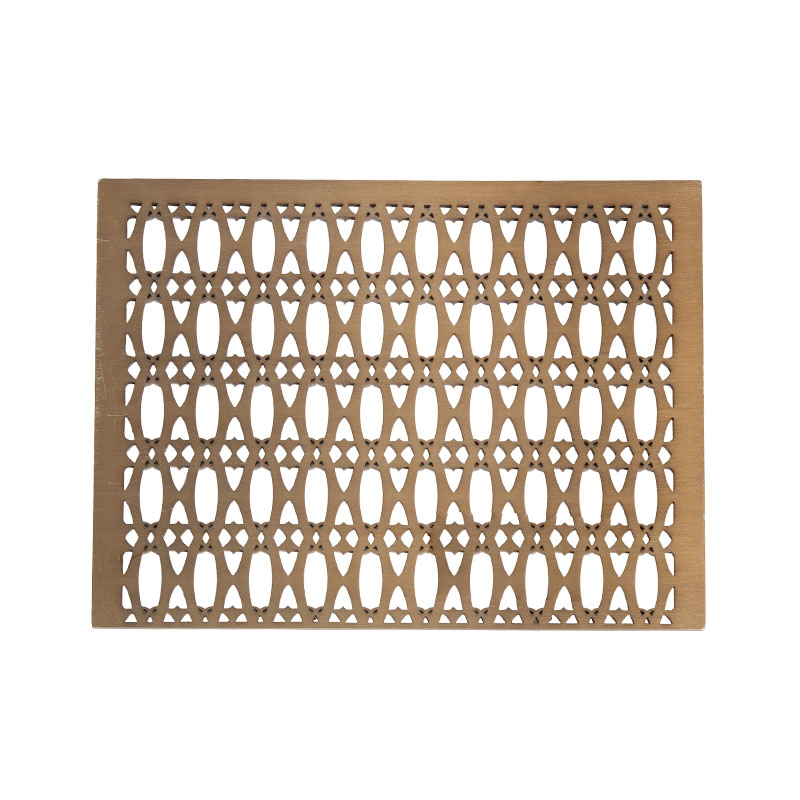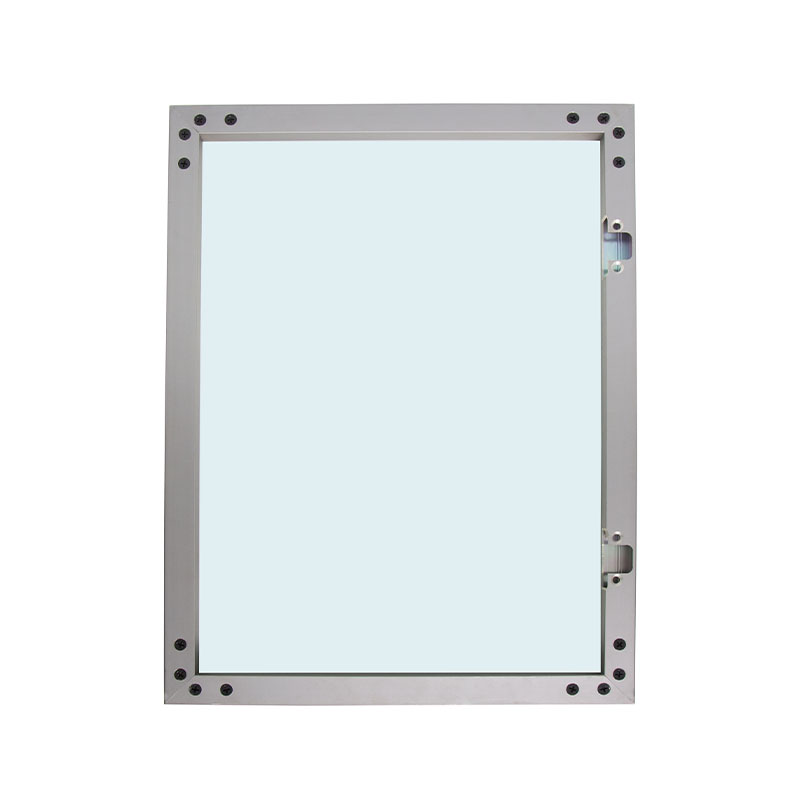How does screen improve the privacy of space?
Release Time : 2025-07-02
In modern home and office environments, more and more spaces adopt open designs to create a transparent and spacious visual effect. However, although this design is beautiful, it often sacrifices the privacy of the space. In this context, screen, as a traditional and modern partition method, has re-entered people's field of vision, and with its flexible, beautiful and practical characteristics, it has become an ideal choice for improving the privacy of space.
1. Cleverly divide space and achieve visual isolation
The most basic function of screen is to serve as a space separation tool. Unlike walls, it is not fixed and immutable, but can be moved and adjusted at any time as needed, so as to achieve effective visual isolation without destroying the overall sense of space. For example, placing a screen between the living room and the dining room, between the bedroom and the cloakroom, or even between the study and the living area can block the line of sight without affecting the lighting and ventilation, avoiding a panoramic view, and providing independence and privacy protection for specific areas.
2. Applicable to a variety of scenarios to meet different needs
Whether it is a family residence or a commercial space, screen can play its unique privacy advantages. In the home environment, screens are often used as temporary partitions in the dressing area or as shields beside baby beds, which are safe and convenient; in the office, it can be used as a partition between workstations to reduce interference and improve concentration; in hotels, clubs and other places, screens are often used at the entrance of the box or the front reception area, which can not only play a decorative role, but also effectively block external sight lines, enhancing the customer's sense of security and comfort.
3. Soft transition, keep open without losing boundaries
Compared with traditional walls or curtains, the biggest advantage of screens is that it can create a soft sense of boundaries while maintaining the openness of the space. It does not completely close the space, but through translucent materials, hollow patterns or light shapes, light penetrates naturally, while limiting direct visual contact. This "looming" effect not only enhances the privacy of the space, but also avoids the sense of oppression brought by closure, which is very suitable for modern people's pursuit of "freedom" and "privacy" coexisting in life.
4. Flexible and adaptable to different lifestyles
With the acceleration of the pace of life, people's demand for the use of space is also changing. The mobility of the screen just meets this flexibility. For example, during the day, the screen can be used to separate the living room from the work area to ensure quiet and focused work; at night, it can be removed to restore the overall sense of space and facilitate family interaction. In addition, some folding or sliding screens also have storage functions, which can be easily folded up when not in use, saving space, and are very suitable for small apartments or multi-functional rooms.
5. Combining aesthetics and culture to enhance the style of space
In addition to functionality, the screen itself is also a home decoration with artistic value. Many modern screens continue the aesthetic concept of oriental culture. For example, Chinese screens are often made of wood carvings, silk cloth, rice paper and other materials, with landscape paintings, calligraphy or flower and bird patterns, which are full of cultural heritage; while Western screens may incorporate metal, glass or abstract patterns to show a modern and simple style. These designs can not only enhance the beauty of the space, but also invisibly strengthen the psychological suggestion of the screen as a "privacy barrier" - people will naturally have the perception of "this is a relatively independent space" when they see the screen, thereby further enhancing the private atmosphere.
In this era that emphasizes individuality and privacy, screens are no longer just decorative items, but an important home element that combines functionality and aesthetics. In a gentle and effective way, they help us find a balance between openness and privacy, making the space more layered, secure and personalized.
1. Cleverly divide space and achieve visual isolation
The most basic function of screen is to serve as a space separation tool. Unlike walls, it is not fixed and immutable, but can be moved and adjusted at any time as needed, so as to achieve effective visual isolation without destroying the overall sense of space. For example, placing a screen between the living room and the dining room, between the bedroom and the cloakroom, or even between the study and the living area can block the line of sight without affecting the lighting and ventilation, avoiding a panoramic view, and providing independence and privacy protection for specific areas.
2. Applicable to a variety of scenarios to meet different needs
Whether it is a family residence or a commercial space, screen can play its unique privacy advantages. In the home environment, screens are often used as temporary partitions in the dressing area or as shields beside baby beds, which are safe and convenient; in the office, it can be used as a partition between workstations to reduce interference and improve concentration; in hotels, clubs and other places, screens are often used at the entrance of the box or the front reception area, which can not only play a decorative role, but also effectively block external sight lines, enhancing the customer's sense of security and comfort.
3. Soft transition, keep open without losing boundaries
Compared with traditional walls or curtains, the biggest advantage of screens is that it can create a soft sense of boundaries while maintaining the openness of the space. It does not completely close the space, but through translucent materials, hollow patterns or light shapes, light penetrates naturally, while limiting direct visual contact. This "looming" effect not only enhances the privacy of the space, but also avoids the sense of oppression brought by closure, which is very suitable for modern people's pursuit of "freedom" and "privacy" coexisting in life.
4. Flexible and adaptable to different lifestyles
With the acceleration of the pace of life, people's demand for the use of space is also changing. The mobility of the screen just meets this flexibility. For example, during the day, the screen can be used to separate the living room from the work area to ensure quiet and focused work; at night, it can be removed to restore the overall sense of space and facilitate family interaction. In addition, some folding or sliding screens also have storage functions, which can be easily folded up when not in use, saving space, and are very suitable for small apartments or multi-functional rooms.
5. Combining aesthetics and culture to enhance the style of space
In addition to functionality, the screen itself is also a home decoration with artistic value. Many modern screens continue the aesthetic concept of oriental culture. For example, Chinese screens are often made of wood carvings, silk cloth, rice paper and other materials, with landscape paintings, calligraphy or flower and bird patterns, which are full of cultural heritage; while Western screens may incorporate metal, glass or abstract patterns to show a modern and simple style. These designs can not only enhance the beauty of the space, but also invisibly strengthen the psychological suggestion of the screen as a "privacy barrier" - people will naturally have the perception of "this is a relatively independent space" when they see the screen, thereby further enhancing the private atmosphere.
In this era that emphasizes individuality and privacy, screens are no longer just decorative items, but an important home element that combines functionality and aesthetics. In a gentle and effective way, they help us find a balance between openness and privacy, making the space more layered, secure and personalized.







